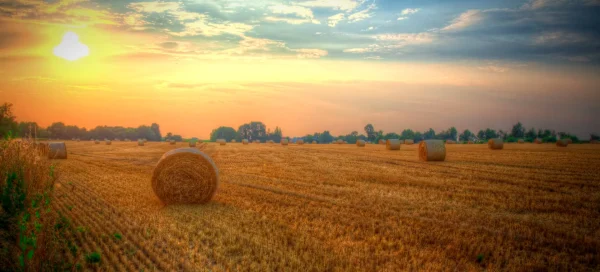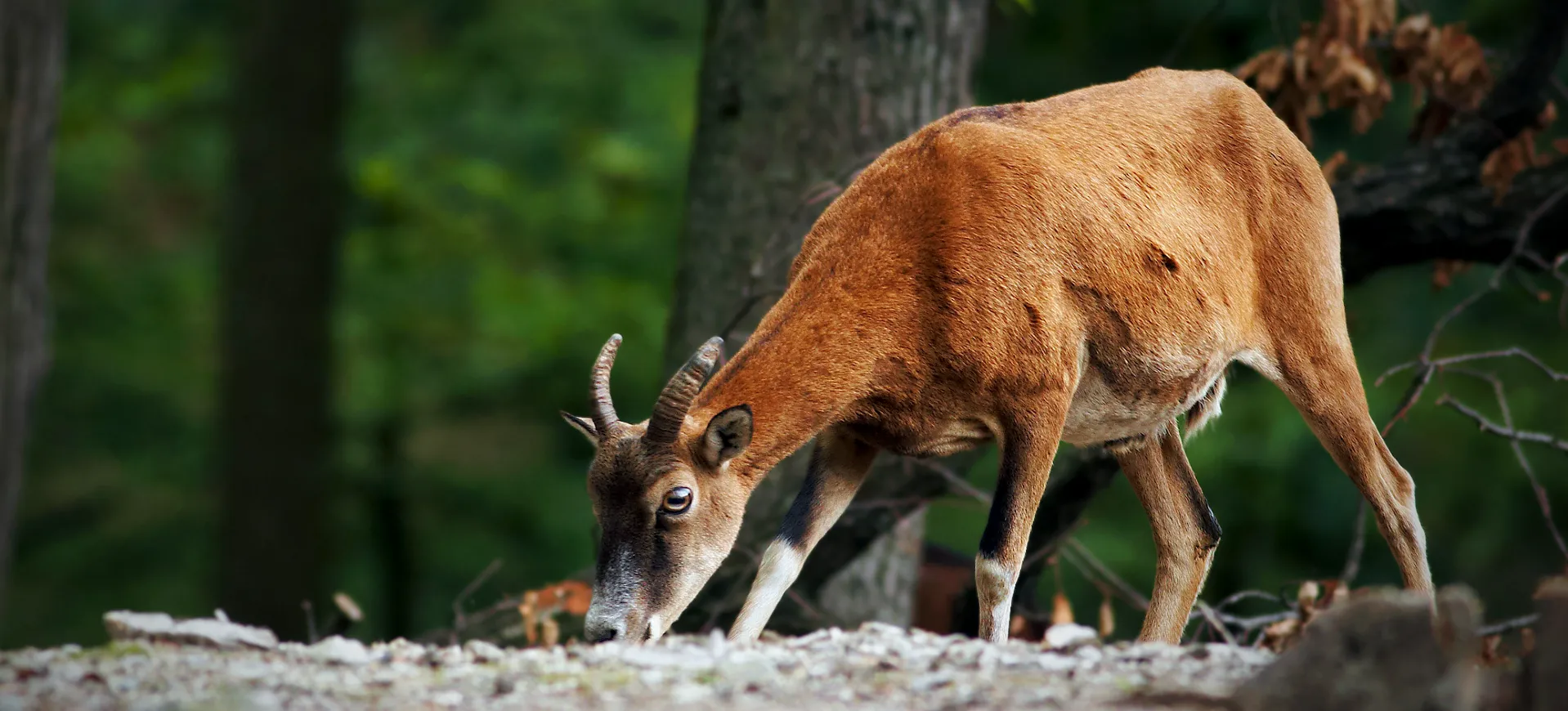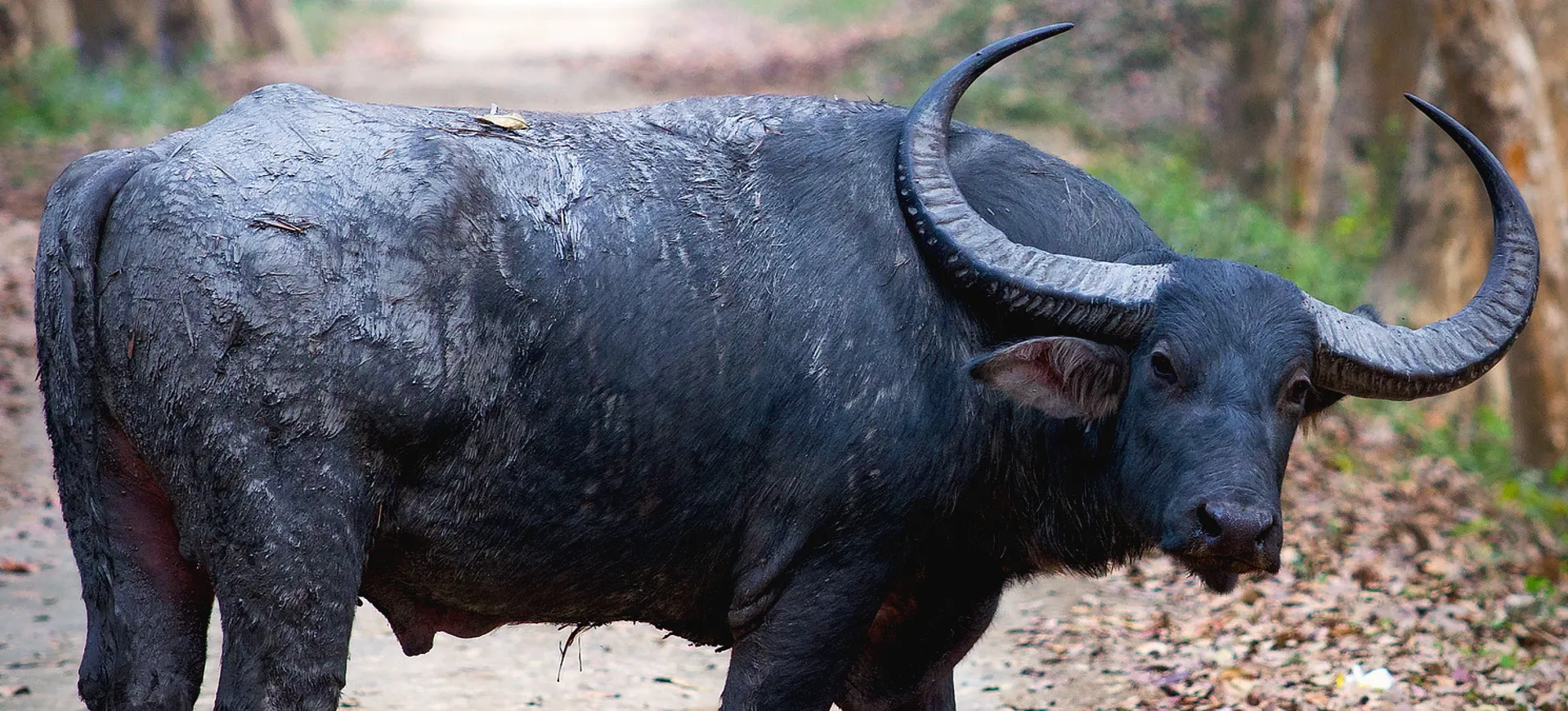Overview
The domestic goat is a species of goat domesticated from the wild goat of Southwest Asia and Eastern Europe. They are among the earliest animals to be domesticated by humans and used for their milk, meat, hair, and skins. Goats are members of the Bovidae family and are closely related to sheep, with over 300 distinct breeds.
Known for their incredible agility and ability to climb steep terrains, goats have unique physical characteristics that enable them to navigate harsh landscapes. Their hooves are structured with a hard outer shell and a soft inner pad, providing stability and shock absorption.
Domestic goats are curious and intelligent animals, often regarded as good pets due to their playful and social nature. They have been utilized for thousands of years in agriculture, contributing significantly to farming and the rural economy. Goats are herbivores and are often used for clearing vegetation.
Taxonomy
Kingdom
Phylum
Class
Order
Family
Genus
Species
Type
Physical Description:
Domestic goats are medium-sized mammals with diverse coat colors and patterns, depending on the breed. They have beards, long upright ears, and horns that may be of varying shapes and sizes. Males, called bucks, tend to be larger and more muscular than females, known as does.
Their eyes are a distinctive horizontal oval shape with rectangular pupils, enabling them a wide field of vision. This feature and their sturdy build and specialized hooves make them adept climbers and well-suited to various habitats.

Lifespan: Wild: ~10 Years || Captivity: ~18 Years

Weight: Male: 100 - 310 lbs (45 - 140 kg) || Female: 70 - 230 lbs (31 - 104 kg)

Length: Male: 34 - 42 inches (86 - 106 cm) || Female: 28 - 36 inches (71 - 91 cm)

Height: Male & Female: 20.1-29.1 inches (51-74 cm)

Top Speed: 15 mph (24 km/h)
Characteristic:
Native Habitat:
The domestic goat is descended from the wild goat and can adapt to various environments. Originally from the mountainous regions of Southwest Asia and Eastern Europe, domestic goats have been selectively bred for various purposes and can now be found worldwide. Their diversity in breeds and characteristics has led to their inclusion in various agricultural systems, serving meat and dairy production.
Their ability to thrive in various habitats, including mountains, deserts, and grasslands, has contributed to their success as a domesticated species. They are often kept in managed herds but can also adapt to feral life, where they can survive and reproduce without human intervention. This adaptability, combined with their utility in farming, has made the domestic goat one of the most common and valuable livestock species globally.
Climate Zones:
Biomes:
WWF Biomes:
Biogeographical Realms:
Continents:
Countries:
Diet:
Diet & Feeding Habits:
Domestic goats primarily feed on plant material, consuming a diet rich in leaves, grasses, herbs, and even woody shrubs. They are known for their voracious appetite and willingness to eat various plants, making them valuable for weed control in different agricultural settings. Their digestive system is specially adapted to break down tough plant fibers, enabling them to utilize food sources that may be inedible to other animals.
Though primarily herbivores, goats are considered browsers rather than grazers. This means they prefer to eat the tops of plants, including trees and shrubs, rather than merely grazing on grass. The versatility of their diet, combined with their preference for browsing, makes them adaptable to different environments, whether a lush pasture or a sparse desert landscape, contributing further to their success as a domesticated species.
Mating Behavior:
Mating Description:
Mating in domestic goats is known as “breeding.” Male goats, or bucks, may exhibit aggressive behavior and increased restlessness when seeking a mate, often displaying pronounced physical signs such as a strong odor and a heightened interest in does. Females, or do, typically go into estrus, or “heat,” during the fall, signaling their readiness to breed, and they may become more vocal and show physical signs to attract a mate.
The gestation period in domestic goats is approximately 150 days, typically giving birth to one to three kids at a time. Multiple births are common in domestic goats, and the ability to produce twins or even triplets has been selectively bred in some breeds to increase productivity. The young can often stand and nurse within minutes of birth, reflecting the species’ need for rapid development in their native, rugged, predator-filled environments.
Reproduction Season:
Birth Type:
Pregnancy Duration:
Female Name:
Male Name:
Baby Name:
Social Structure Description:
Goats are social animals and often form close-knit groups called herds. Within a herd is a hierarchy, with dominant individuals leading in finding food and shelter. They communicate using a variety of vocalizations, body language, and even scent, building complex social relationships and allowing them to navigate their environment effectively.
Their social structure is influenced by age, sex, and breed. Social learning is also common among goats, with younger individuals learning from the experiences and behaviors of older goats in the herd. This kind of social transmission of knowledge enhances their adaptability and enables them to respond more effectively to environmental changes, contributing to their success as a domesticated species.
Groups:
Conservation Status:
Population Trend:
Domestic goats are not considered endangered, and their global population is substantial due to farming and domestication. They are bred for various purposes, including meat, milk, wool, and as pets, contributing to a wide distribution across many countries. The multi-purpose nature of goats has made them essential to many agricultural systems, and their continued breeding ensures a stable and thriving population.
While not threatened, the impact of feral goat populations on native ecosystems can be substantial. In some areas, they are considered invasive species, and their uncontrolled grazing can lead to landscape degradation and competition with native wildlife. Control measures may be implemented to protect native flora and fauna, such as culling or containment efforts, to minimize their impact on local ecosystems.
Population Threats:
The main threats to domestic goat populations are disease, malnutrition, and improper care in captive settings. Diseases such as Caprine Arthritis Encephalitis (CAE) and parasites can harm goat health, leading to decreased productivity or even death if not managed appropriately. Education on proper care, nutrition, and veterinary support are vital to maintaining the health and well-being of domestic goat populations.
Overgrazing by goats can lead to land degradation and desertification in some regions. This impacts the goats themselves, as the loss of vegetation can result in decreased food availability and broader ecological consequences. Land degradation can affect other species and the ecosystem’s overall health, leading to a loss of biodiversity and potential shifts in the region’s ecological balance.
Conservation Efforts:
Conservation efforts for domestic goats primarily focus on sustainable farming practices and the preservation of rare and heritage breeds. Organizations and breed associations work to maintain genetic diversity within the species by supporting responsible breeding practices, providing guidelines, and offering support for farmers and breeders. These efforts ensure that valuable genetic traits are preserved and that goats remain viable and versatile livestock species for future generations.
Control measures may be implemented where feral goat populations pose an ecological threat. This can include targeted hunting or the introduction of natural predators to maintain a balanced ecosystem. Efforts like these aim to minimize the negative impact of feral goats on native species and habitats, taking into consideration both ecological preservation and humane management of the goat populations.
Additional Resources:
Fun Facts
- Goats have rectangular pupils, allowing them a wide field of vision.
- They are known for their ability to climb steep terrains, including trees.
- Goats are one of the first animals to be domesticated by humans.
- Their digestive system allows them to consume a wide variety of plants, including those that are toxic to other animals.
- Goats can recognize their names and the voices of their human caretakers.
- Certain breeds of goats produce valuable fibers like cashmere and mohair.
- A baby goat is called a “kid,” just like a human child.
- Goats have been used in land management to control weeds and invasive plant species.
- A group of goats is referred to as a herd or tribe.
- In some cultures, goats are symbols of prosperity and abundance.















































































